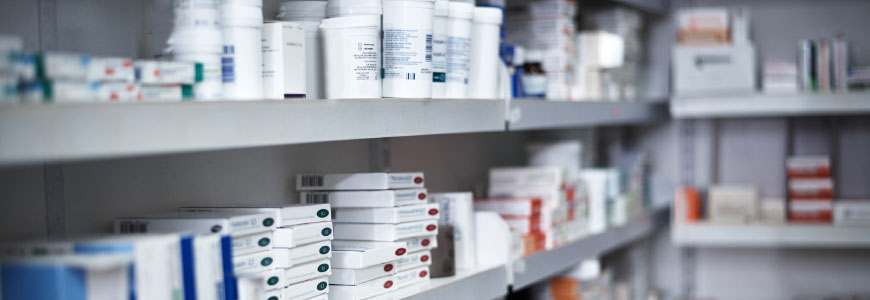Despite some recent high-profile cases, drug shortages have declined substantially since 2011 when the FDA’s Current and Resolved Drug Shortages and Discontinuations list hit a high of 251 drugs. As of April 2019, about 120 drugs were in short supply. But it doesn’t matter how many drugs are on the list if it includes a medication one of your patients needs.
Both the FDA and the American Society of Health-System Pharmacists (ASHP) track current drug shortages and maintain searchable databases on their websites. Practices can sign up to receive alerts by email about impending or current drug shortages. The FDA also has an app that clinicians can download on their phones.
Most shortages can be traced back to quality issues, equipment malfunctions, or unavailable raw materials needed for the manufacturing process. Natural disasters can also interrupt medication supply. For example, when Hurricane Maria hit Puerto Rico (where 44 percent of IV fluids used in the United States are produced), it led to a nationwide shortage of small-volume parenteral solutions. Sterile preparations are especially prone to shortages because of the challenges of keeping the products sterile throughout the supply chain, says Captain Valerie Jensen, RPh, associate director of drug shortage staff at the FDA’s Center for Drug Evaluation and Research.
In addition to the IV fluid bags, other recent shortages include epinephrine auto-injectors, lidocaine, injectable opioid medications, certain chemotherapy drugs, and blood pressure medications containing valsartan.
How can medical practices prepare for and respond to medication shortages?
- Check current inventory. Based on how much you have on hand and how much you use, assess whether inventory will last until the estimated availability date from the manufacturer. However, avoid stockpiling medications because that can worsen the shortage or lead to wasted medications if they expire before use.
- Talk with pharmacists. Local or hospital pharmacies often hear of shortages first through professional networks or wholesalers, says Michael Ganio, PharmD, director of Pharmacy Practice and Quality at ASHP. Pharmacists can also coordinate with the physician, patient, and insurance company to ensure that patients get the medications they need.
- Look into alternatives, if necessary. Clinicians and pharmacists can work together to identify appropriate alternatives using a different dosage, preparation, or manufacturer or even consulting with a compounding pharmacy to create a substitute.
- Discuss any changes in preferred treatment with patients. ASHP has a short video on its website to help explain drug shortages to patients.
- Involve all members of the health care team. Meet regularly to discuss ongoing shortages and provide training on the safe use of any alternative chosen, including differences in administration or concentration, to avoid medication errors.
Check out recent practice managment articles:
Recovery from Data Breach or Cyberattack Starts Long Before an Incident Occurs
